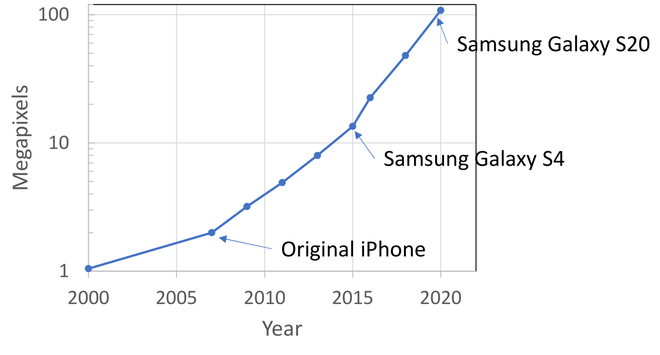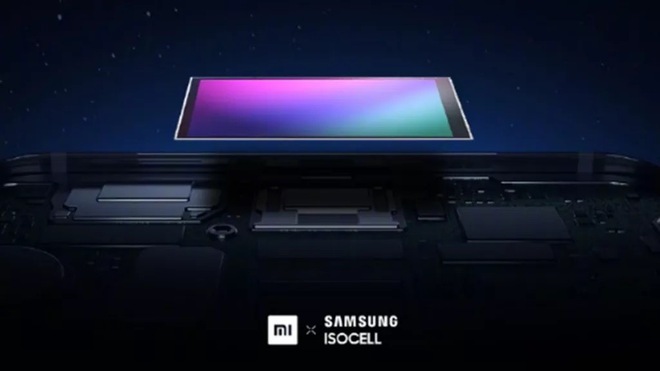Microsoft dreamed of creating a hard drive as big as a wardrobe, made from components of the Galaxy S20
- Tram Ho
At its annual Ignite Developers Event, Microsoft revealed more details about its development of its holographic storage system.
Specifically, the company’s research division is reconsidering this supermassive storage system, starting with breaking the first rule: hard drives must exist in either 2.5-inch or 3.5- form factors. inch.
In fact, there is no mandatory requirement that storage systems in data centers must use consumer hard drives – or even industrial SSDs. New formats, like the ruler form factor SSDs, carry many improvements, but aren’t quite groundbreaking.
According to the researchers, the smallest component deployed in a cloud storage system is actually a rack, which is about the size of a chest and allows designers to envision a new type of hardware with equivalent size.
According to the Microsoft blog, the rack cabinet design allows ” components to be effectively shared across the entire rack space ” and has the potential to change both the web hosting model, IaaS and PaaS.
While Project Silica – a future Microsoft archiving project – studies methods of storing data over a long period of time through an archive format written by one source and read by multiple sources, the project HSD (Hologram Storage Device) focuses on learning how to retrieve hot data faster and store them in smaller blocks.
Optical components from Samsung Galaxy S20?
In the blog post, Microsoft shared an illustration showing the dramatic increase in the resolution of common camera sensors, which have grown from 1-megapixel to over 100-megapixel in less than 2. decade.

The HSD project seeks to take advantage of this technology’s superiority, relying on the resolution to simplify the optical hardware and turn the complexities into software.
The 108-megapixel ISOCELL Bright HMX camera sensor was introduced over a year ago by Samsung, through a partnership with Xiaomi. This is not only a rather large image sensor, but also the first one to break the 100-megapixel barrier and is used on high-end phones including the Samsung Galaxy S20 Ultra and Xiaomi Mi CC9 Pro Premium.
But Samsung wants to go even further, and director Yongin Park has confirmed that they are aiming for a … 600-megapixel sensor.

Surely someone at Microsoft Research will have to keep this in mind, because once we combine consumer optics with Azure’s cloud AI, Microsoft will be able to significantly enhance not just the storage density of HSDs and also read / write speed and access time.
Reference: TechRadar
Source : Genk
